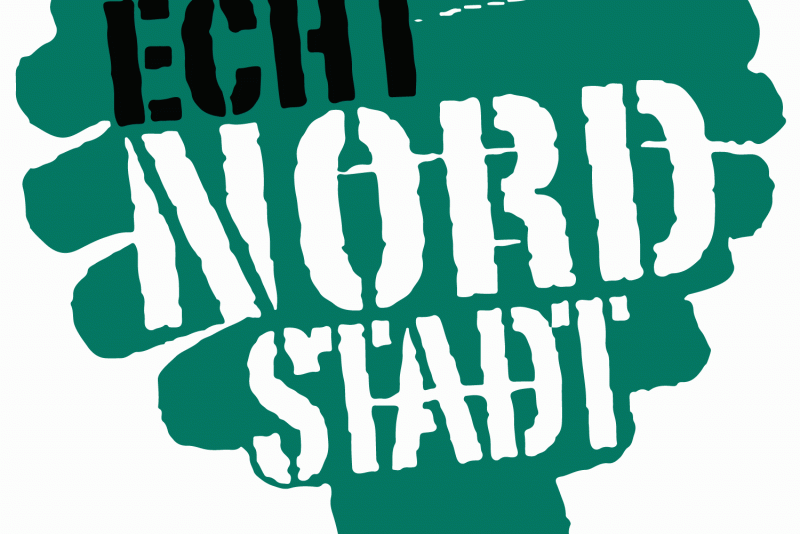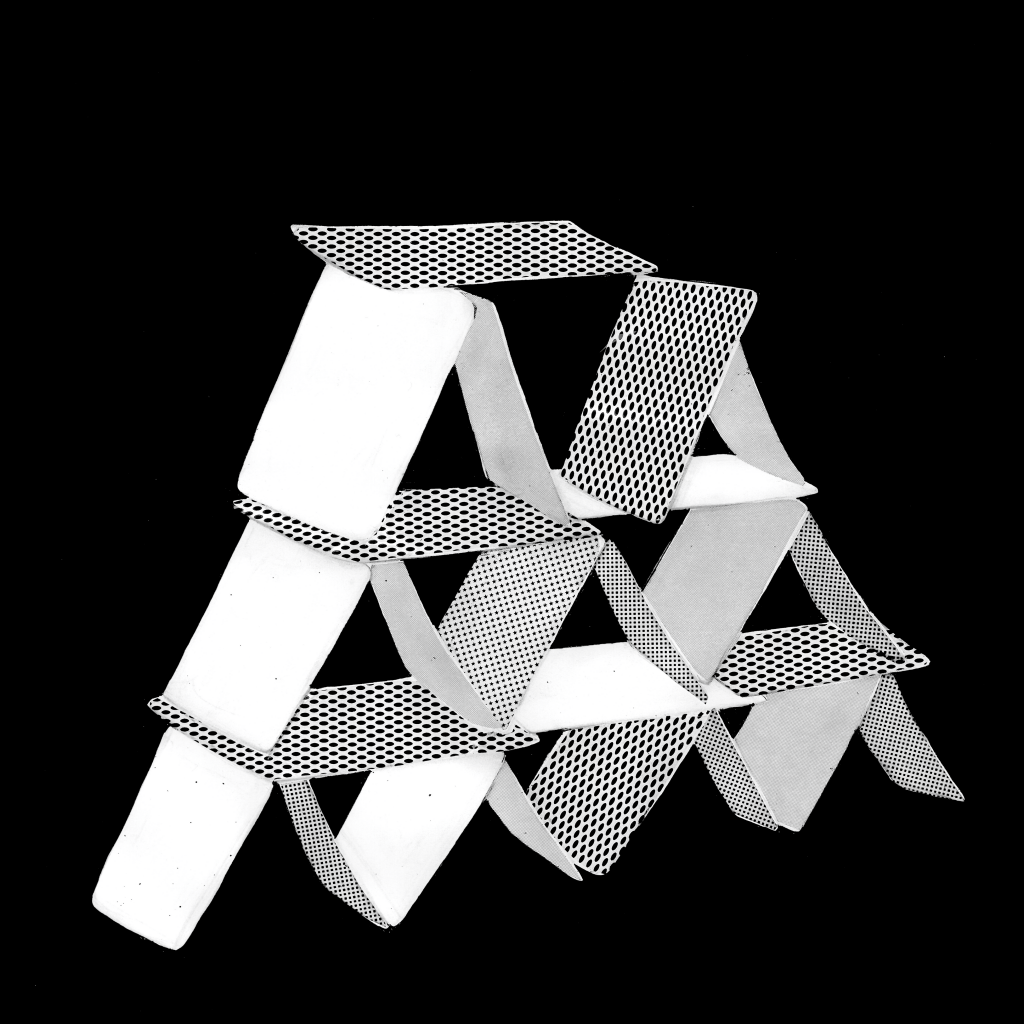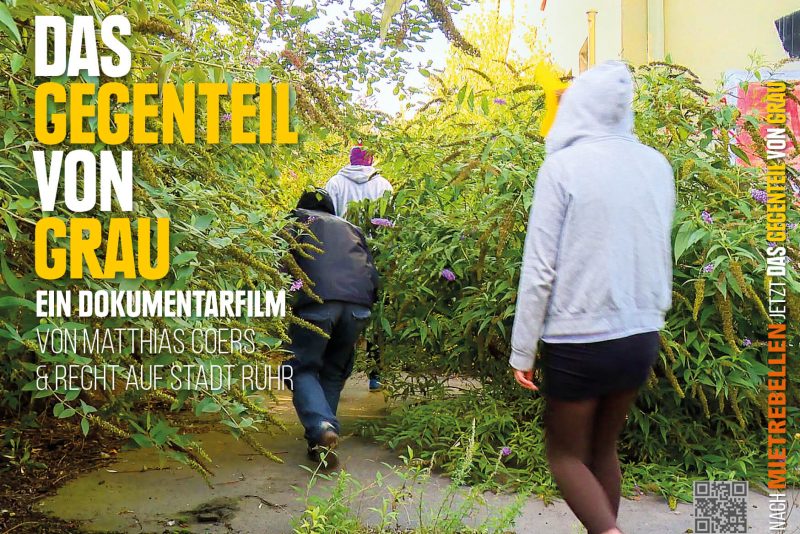Journalist Peter Nowak about DAS GEGENTEIL VON GRAU / THE OPPOSITE OF GRAY in the federal edition of the daily newspaper Neues Deutschland.
Revolting Ruhr Region
The seniors are in a festive mood. With their tenants‘ initiative Zinkhüttenplatz, they have prevented the demolition of a historic labour settlement. Although they didnt’t even get support by the The Left Party. Their inspiring struggle can be seen in the documentary THE OPPOSITE OF GRAY, which is premiering this week. Almost 20 non-parliamentary initiatives are presented in the film. The spectrum ranges from graffiti sprayers – in fact, thei’re solely women – and an anarchist info centre to projects with refugees and a vacancy cinema in Dortmund-Nord.
»All projects do pioneer work in the Ruhr area, a region with a strong structural change from industrial society into a crisis-prone service and leisure society.«
That’s how director Matthias Coers describes the connecting element of the presented initiatives to Neues Deutschland‘. Especially the project ‚kitev – Kunst im Turm‘ in Oberhausen and the initiative Refugees‘ Kitchen, a mobile kitchen in which refugees and artists work together, impressed Coers. The director became well-known even outside Germany with his film MIETREBELLEN / RENT REBELS, which documented the resistance against gentrification and rent increases in Berlin.
The History of the story: At a film event in the Ruhr area, Coers got in contact with the initiative Recht auf Stadt Ruhr / Right to the City Ruhr. ‚Together, we were thinking about how to make some kind of film showing the movement’s fight for a right to the city in the Ruhr area,‘ says Coers. The film work took two long years, because Coers did not make a film about but rather in cooperation with the initiatives.
It presents people who want to put their utopias to practice in the niches of the cities. This can be a ‚repair shop‘ or a occupied greenhouse, where seniors chat about how they have cracked a lock as if it were the most natural thing in the world. The short discussions in the film document the differences between the individual projects: while some are cooperating with left-wing politicians, others emphasize their autonomy from the state and parties. An employee of the Bochum street magazine »bodo« explains how a labour district became a refuge for migrants decades ago, and still is today. The artists of ‚kitev‘ who ‚migrated‘ from Berlin to Oberhausen ask themselves whether their project did contribute to the process of gentrification against their will.
The documentation is an up to date movement detector for a different Ruhr area. Thus the film with the vague title THE OPPOSITE OF GRAY might have been more appropriately titled with Auf-Ruhrgebiete / Revolting Ruhr Region. In any case the film makes us curious to see more and invites us to keep an eye on the presented projects.
Neues Deutschland federal edition of 22 March 2017, page 18
https://www.neues-deutschland.de/artikel/1045514.auf-ruhrgebiet.html
In German: http://gegenteilgrau.de/2017/03/02/stadt-selber-machen/


